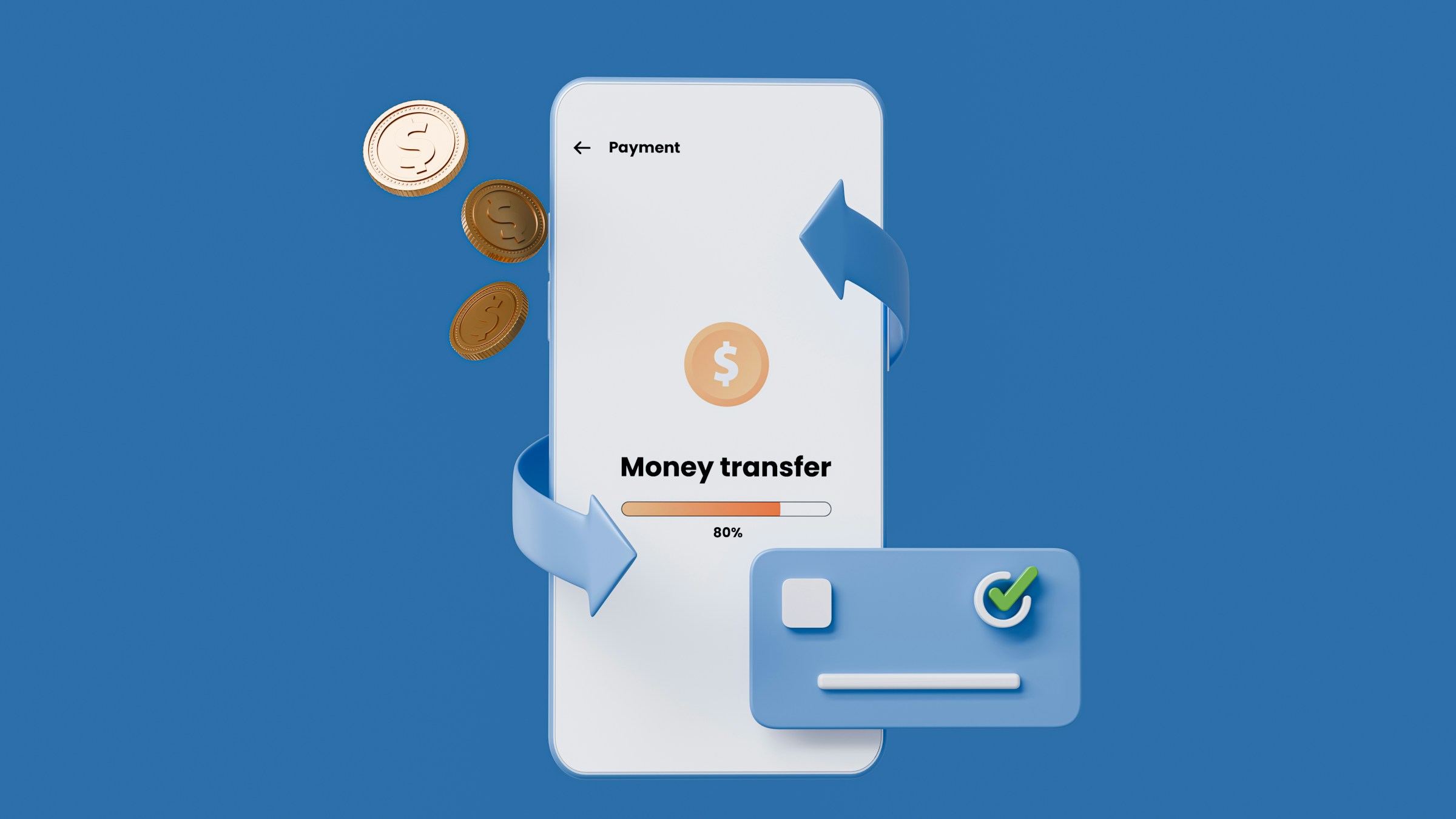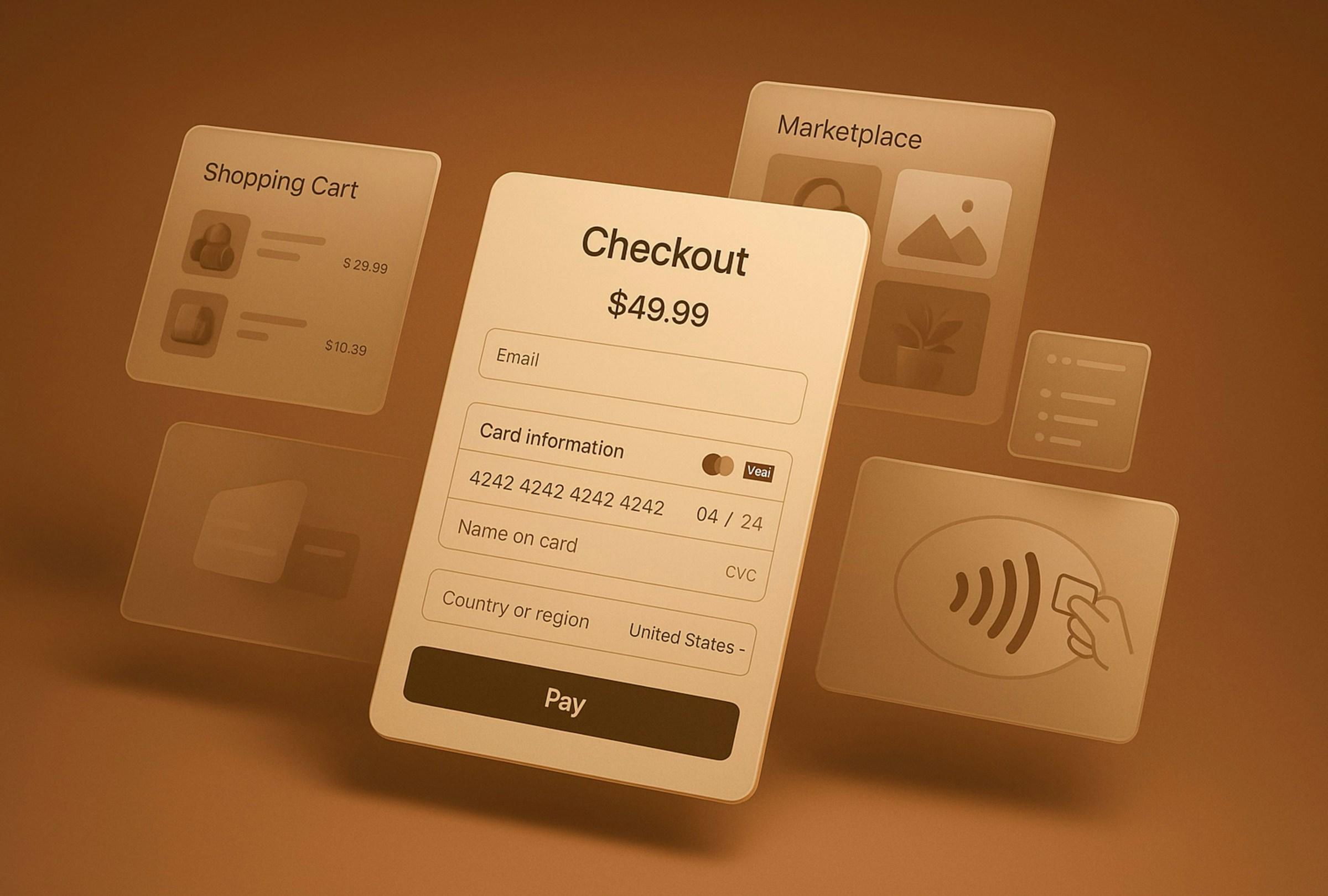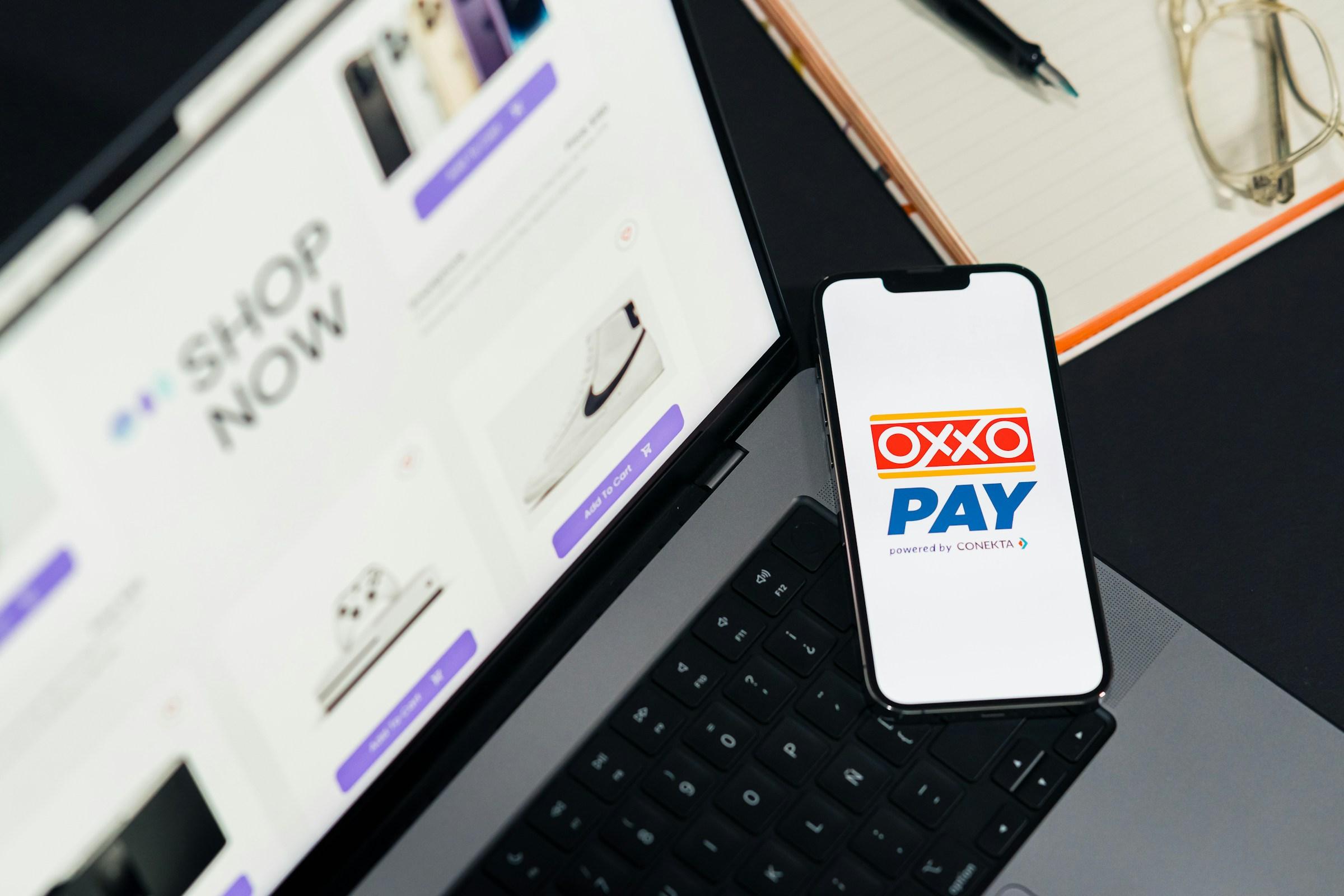Mobile payments feel effortless, almost weightless, like a quick gesture that makes daily errands move faster. That little confirmation beep at a checkout counter has become a familiar soundtrack to modern life. Convenience, however, often hides complexity. Behind the easy tap sits a layered system of hardware, software, networks, and policies that must cooperate perfectly to keep money and data safe. When it works, it feels invisible. When it fails, the problems rarely resemble old fashioned card fraud, which makes the risks harder to notice and easier to underestimate until real money is gone. An honest look at mobile payments begins with this tension between speed and vigilance, and with the reminder that risk has shifted from plastic in wallets to behavior on small screens.
The modern wallet you carry in your phone uses tools like tokenization to protect card numbers at the point of sale. In simple terms, merchants see a stand in token, not your real card data, which reduces the damage if their systems are breached. That is a genuine security improvement over the days when a stolen database could expose millions of card numbers. Yet tokenization did not end fraud. It moved the weakest link from merchant systems to the surrounding ecosystem of users, devices, phone numbers, and apps. Attackers are rarely motivated to break the math that keeps tokens safe when they can break human habits more cheaply and at scale. The most important risks in mobile payments are therefore social and behavioral, not mathematical. People are the new perimeter.
One of the clearest examples is SIM swapping. A determined criminal can trick or bribe a telecom representative into moving your phone number to a new SIM card in their possession. Within minutes, your one time codes and alerts begin arriving on their device. If your bank or wallet still relies on SMS for verification, the gate has been left open. The answer is not to abandon mobile payments but to harden the doors you actually use. Replace SMS based authentication with an authenticator app or passkeys whenever possible, set a carrier level PIN with your mobile provider, and adopt a personal rule that no out of the blue support call deserves trust. The payment rails tend to be strong. The phone number is not. Security improves when the authentication factor cannot be ported with a phone call.
Phishing has also adapted to the mobile era. We read messages on the go. We scroll quickly. We trust short links because space is tight and screens are small. Attackers use fake delivery texts, counterfeit refund emails, and QR codes placed on posters or counters to funnel users into perfect imitations of bank or wallet pages. Once there, people type credentials and sometimes even approve fraudulent transactions inside their own apps because the flow feels familiar. The best countermeasure is behavioral. Begin sensitive actions yourself, inside the official app you already installed, rather than by tapping links from messages. Treat every urgent request that pushes you to act immediately as a red flag, then go verify through your own channel. It feels slower in the moment but it is faster than disputing a drained account.
Physical control of the device matters as well. If someone grabs an unlocked phone, your tap to pay could become their tap to pay. Biometric checks help, but they are not magic. Many wallets allow small contactless purchases from a locked screen because users value speed, not only security. That means a grab and run theft in a crowded train or night market still carries real financial risk. The practical response is simple. Use an instant lock screen. Require biometric confirmation for every payment your platform allows. Turn off locked screen payments if you can. The extra second at the cashier is cheaper than a day of calls to reverse a string of small transactions you did not make.
Malware exists on mobile, even if it draws less attention than desktop threats. The riskiest behavior is not ordinary browsing. It is sideloading unknown apps, chasing cracked versions of paid tools, or granting excessive permissions to software that does not deserve them. A compromised keyboard can log what you type. An accessibility service with wide permissions can read screens it should not. A sketchy VPN can insert itself into sensitive traffic. None of this requires you to be a technical person to understand. Stick to official app stores, keep your operating system updated, and cull app permissions with the same discipline you use when deleting old photos. If an app does not need location, contacts, or full accessibility access to do its job, do not grant it. If you already did, revoke it.
Public Wi Fi carries a different profile of risk. Payment sessions are encrypted by default, which limits the ability of a random person on a café network to view your transaction. The more realistic danger is the trap of a fake captive portal that collects a password you reuse elsewhere, or a prompt to install a certificate that allows extensive monitoring. When in doubt, prefer mobile data for anything sensitive and save public networks for low stakes tasks. If your employer requires a VPN, use it as instructed. If you are on your own, remember that your mobile network is usually safer than a mystery router with a cute name.
Beyond technical threats lies the quieter realm of privacy. Every mobile transaction adds to a stream of data about what you buy, where you shop, and when you spend. The wallet provider captures device and behavioral signals. The card network sees merchant categories and sometimes location. Your bank sees cash flow. Many apps want permission to read notification previews so they can auto classify spend. Each of these actors may be acting within the bounds of policy and law, yet together they form a profile with surprising precision. That profile can enable personalized offers that feel helpful, but it can also enable dynamic pricing that charges different people different amounts based on predicted willingness to pay. If you care about this, look for providers that offer privacy controls, disable notification previews on the lock screen, and opt out of data sharing when the settings exist. The goal is not to vanish. It is to stop broadcasting more than necessary.
Financial behavior, not just security, shapes outcomes. Reducing the friction to pay tends to increase the frequency of impulse. Double tapping a side button to confirm a wallet purchase does not feel like handing over cash. The brain registers it as a small approval, not a meaningful decision. Over time, that sensation leads to leakage in a budget the way a pinhole leaks water from a tank. You do not notice the drip, but the level falls. The fix is not to lecture yourself. The fix is to create the same instant visibility for spending that the wallet created for payments. Real time push notifications that show running monthly totals put numbers back in your sight. Category limits inside the wallet create natural brakes. Sub accounts or spending pots at your bank separate funds for daily purchases from money earmarked for bills and savings. Automation beats willpower because it acts on schedule without emotion.
Recurring subscriptions create a second kind of behavioral risk. App stores and wallets make it simple to start a trial, and difficult to remember what renews next month. Small amounts accumulate silently. The damage is rarely dramatic on any single day, which is why people postpone audits. The remedy is to turn review into a habit. Set a monthly calendar reminder to check active subscriptions inside the wallet and in the app store account, then cancel anything you do not use. Ten minutes of housekeeping can save hundreds over a year because the savings compound just as quietly as the charges.
QR payments deserve special attention on the merchant side. They are affordable for small businesses and increasingly common in markets where contactless terminals are scarce. They are also easy to tamper with. Anyone can print a lookalike sticker and place it over a real one during a busy morning rush. If you scan the fake code, your money goes to a stranger whose account may vanish before complaints catch up. A simple habit reduces the risk. Read the merchant name on the confirmation screen before you approve. If it does not match the shop, stop. For high value transactions, prefer dynamic codes that appear on a screen at the point of sale or use contactless from a secure device rather than static stickers.
NFC skimming is often discussed with more fear than it deserves. Tokenization and proximity requirements make it unlikely that a stranger can charge your phone without your active participation. They would need to be close at the exact moment you authorize a payment. Criminals who want results tend to favor scalable tricks like phishing and social engineering rather than cinematic contactless theft. You do not need a special shielding accessory for your phone. You need consistent habits and a skeptical eye for messages that try to rush you.
Service outages are a modern risk that becomes obvious only when they happen. Legacy systems had redundancy that sometimes allowed the plastic card to work even if a banking app did not. A mobile wallet outage can turn a phone into a glossy coaster at checkout. The difficulty increases during travel if the wallet requires a data connection to refresh tokens or pass risk checks. The practical solution is redundancy. Keep one physical card tucked into a case or bag. Carry a small amount of cash when you are far from home. Backup plans look unfashionable until the day they are the only plans.
Cross border usage introduces its own friction. Wallets can obscure currency conversion fees or steer you toward dynamic currency conversion that defaults to a poor rate. The interface shows the local amount, while the actual charge feels larger once the bank message arrives. When you travel, choose to be billed in the local currency and let your card issuer perform the conversion if their rate is better. If the wallet enforces its own conversion, compare the numbers and decide whether the convenience is worth the cost. Sometimes that answer will be yes for a quick coffee. For larger purchases, a better rate often matters.
Trust in platforms also belongs in the conversation. Big tech wallets exist to create value for their ecosystems. Fees, lock in, and richer behavioral data are part of the incentive structure. That does not make them hostile to users, but it does mean you should treat teaser benefits and in wallet savings products with the same diligence you would apply to any financial offer. Avoid storing more in closed loop balances than you expect to spend in the near term. Redeem cashbacks to your bank rather than recycling them into the ecosystem where they may encourage thoughtless spending. If a wallet advertises a high promotional yield on savings, read the terms, check the cap, and determine whether the funds are held with a regulated bank partner and covered by appropriate protections. High numbers in large fonts can hide small limitations in fine print.
Protective habits can be straightforward. Use a phone passcode that is not a birthday and keep it private. Shoulder surfing in crowded places remains a real problem. If a thief learns your passcode, they can sometimes reset biometrics on certain platforms and unlock accounts that do not demand extra credentials. Cover your screen when you unlock in public. Log out of financial apps after use or set timeouts that require a fresh biometric each time. Disable notification previews on the lock screen so codes and receipts are not displayed for anyone who glances over your shoulder. Enable find my device and keep recent backups in case you need to wipe a lost phone.
For banking and wallet accounts, prefer sign in flows that combine biometrics with device bound factors such as passkeys, and turn on transaction alerts for all amounts rather than only large ones. The constant pings are not a nuisance if they train your attention and allow you to spot anomalies immediately. Use virtual card numbers for subscriptions or one time merchants when your bank offers them. If a merchant is compromised, you can replace a single virtual number instead of the primary card, which reduces the administrative hassle of updating every service that bills you.
It is also worth distinguishing between protection and recovery. Card networks often promise zero liability for unauthorized transactions, but that promise may not apply if you willingly approve a payment that later turns out to be fraudulent. Push payment scams exploit urgency and trust. The prevention method is a pause rule. Any transfer that is new, large, or urgent should trigger a verification step through a separate channel you control. Call the known number saved in your contacts, not the number provided in the message. A short delay in the moment is far cheaper than a long dispute that may end with no reimbursement.
The safest mindset treats the phone as both a wallet and a key to your identity. That mindset encourages three layers of control. The first layer is device hygiene. Keep the operating system updated, keep the lock immediate, and keep the app list boring. The second layer is account security. Move away from SMS, enable strong factors, and monitor activity in real time. The third layer is behavior. Slow down approvals, verify payees, and separate spending money from protected funds so that impulses cannot reach what matters most. With these layers in place, mobile payments become a tool that preserves speed while reducing stress.
In the end, mobile payments are not a villain to be feared or a magic trick to be trusted blindly. They are a mirror. They reflect existing money habits and accelerate them. If you were already attentive to logins, careful with approvals, and thoughtful about budgets, mobile payments can make life smoother and safer at the checkout counter. If you were casual with links, quick with confirmations, and vague about monthly totals, the same technology will amplify slippage. The goal is not to step back in time. The goal is to bring your most focused banking brain to the device you use most often. With clear habits and a few practical safeguards, the risks associated with mobile payments become manageable, and convenience remains a feature rather than a trap.




.jpg&w=3840&q=75)




.jpg&w=3840&q=75)

.jpg&w=3840&q=75)


